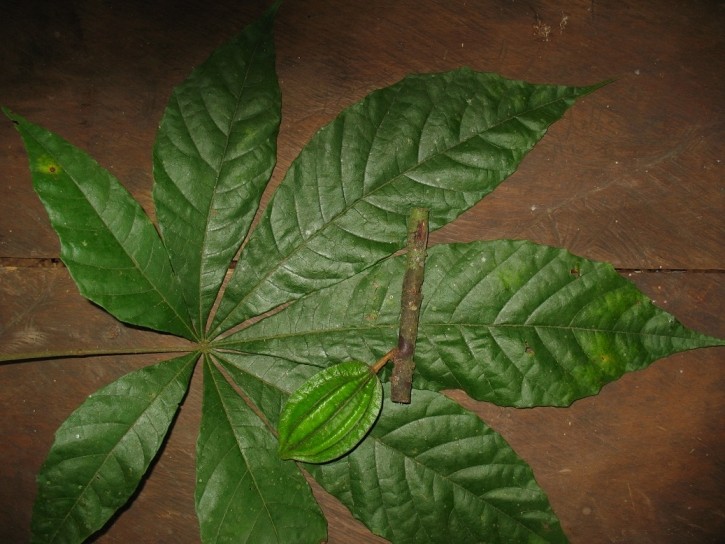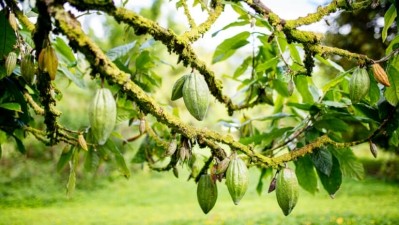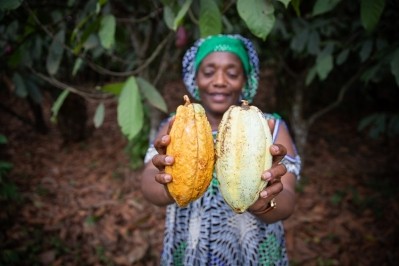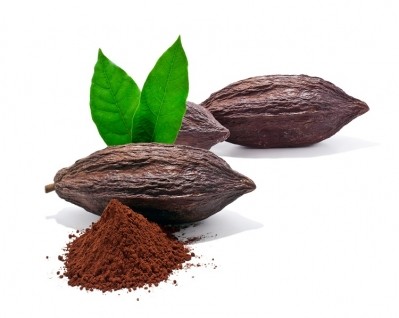Have scientists discovered climate-proof chocolate?

Excitement is building in the realm of sustainable cocoa production.
A team of scientists have uncovered three new cocoa species—Theobroma globosum, T nervosum, and T schultesii—in the South American rainforests. They are part of the Herrania plant family, closely related to Theobroma cacao, the primary species used in chocolate production.
"That there were recently unknown species closely related to Theobroma cacao, which is of huge importance for the production of chocolate and other products, shows how much more work there is to be done to catalogue the vast amount of unknown biodiversity across our planet,” said Dr James Richardson from University College Cork's School of Biological, Earth & Environmental Sciences and the Environmental Research Institute, who led the research team.
This breakthrough, he noted, expands the genetic resources available to develop drought-tolerant or disease-resistant cacao trees.
A crucial moment for cocoa
These new cocoa species could revolutionize the understanding of plant biodiversity and offer new possibilities for chocolate production. As climate change threatens cocoa crops, there's a growing need to safeguard farmers' livelihoods and the supply chain.
The cocoa industry is currently facing significant challenges, including prolonged droughts, disrupted crop seasons, and rising costs of raw materials. This instability has even led to panic buying among consumers as cocoa prices soared to an unprecedented $12,261 per ton in April. The industry's response has been to innovate, with startups exploring alternative ingredients and major brands expanding into other confectionery categories.
Discovering new cocoa varieties
The researchers identified the three new cocoa species by analyzing samples from South American rainforests, comparing data from botanical institutions worldwide.
Theobroma cacao, native to Central and South America's tropical regions, possesses disctinct botanical properties, including diverse flavors and pest resistance. The plant’s flowers bloom directly from its trunk and branches, a phenomenon known as cauliflory, where pods develop and fill with seeds.
The discovery is likely to encourage collaborative research efforts among institutions, manufacturers, and brands to secure the future of chocolate production amid environmental changes.
Disease tolerance
Dr Matheus Colli-Silva from Royal Botanic Gardens Kew, UK, who was part of the research team, explained that the discovery was made by examining preserved specimens in herbaria worldwide. This research was part of his PhD dissertation at the University of São Paulo, in collaboration with institutions in Ireland, Colombia, and the US.
"This discovery was only possible due to the extensive fieldwork by botanists, the preservation of herbaria collections, and the support for botanical research,” he stressed.
Scientists now hope to sequence the genomes of T globosum, T nervosum, and T schultesii to identify genetic markers for desirable traits like drought resistance and disease tolerance.
New flavors
According to Colli-Silva, while the traditional chocolate industry predominantly depends on Theobroma cacao, there are over 30 other species with comparable fruits and seeds that could potentially be explored for creating new forms of chocolate. "Although success is not guaranteed, these species could offer a source of new flavors and products for the industry to consider and possibly test."
Expanding research, making new discoveries, and developing hybrid varieties could lead to more climate-resistant cocoa, ensuring a secure future for cocoa production, he added.





















